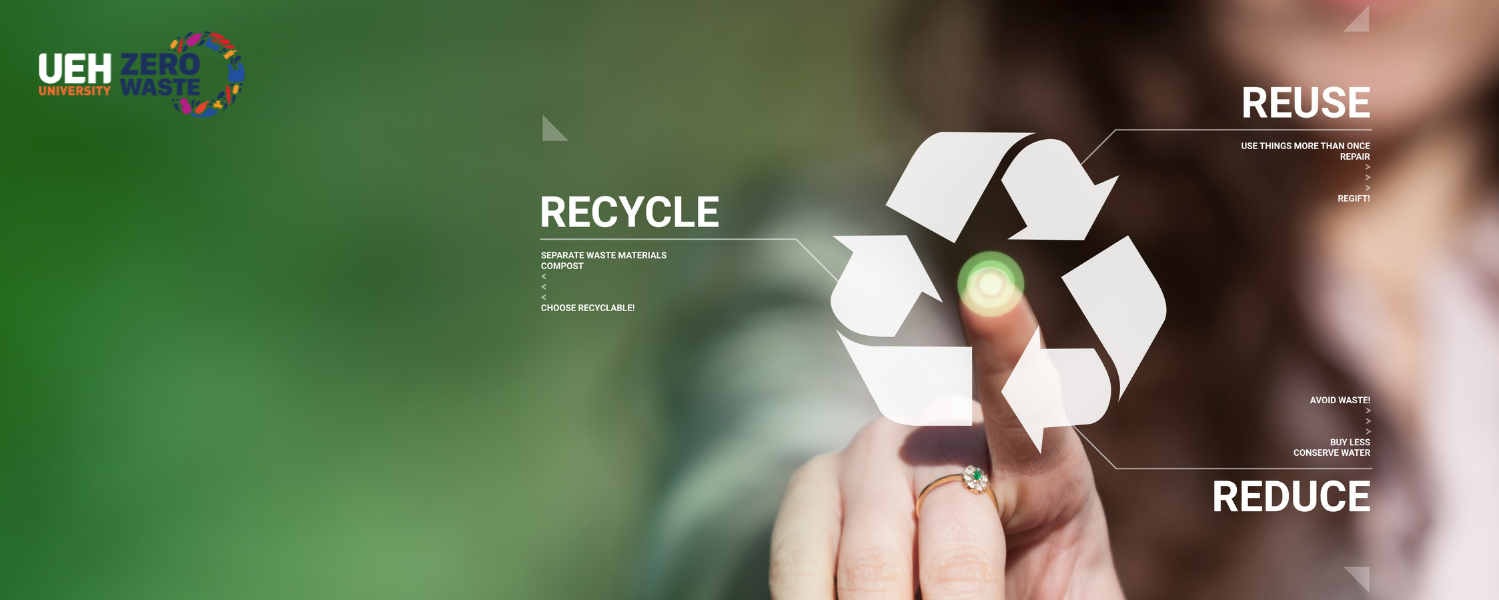
UEH ZERO WASTE CAMPUS: Zero Waste Practice - Do we really understand?
10 Dec, 2021
“Zero Waste Practice”, a sustainable lifestyle, aims at all resource conservation by means of responsible production, consumption, reuse, and product recovery, packaging and materials without burning and with no discharges to land, water, or air that threaten the environment or human health. That Zero Waste means nothing is called ‘Waste’ because everything can be a resource if we know how to process it rightly. “Zero Waste Practice” has been initiated, supported, developed, and become a modern and sustainable inclination of many individuals, organizations, and communities around the world. This is recognized as one of the waste crisis repellent activities, contributing to solving environmental and climate change issues. To practice zero waste, each individual, or organization possibly conducts 3R Model: Reduce, Reuse, Recycle towards managing sustainable waste.

Comprehensive Understanding of Waste
Trash, or waste, defined as unexpected products from human daily activities, can be divided into various types: solid, plastic, medical, hazardous, special, and so on. Most waste can affect the environment and community health.
Waste will be discharged legally and illegally. Being ‘legally discharged’ means that the waste will be recycled, used as inputs into agricultural manufacture and energy, buried, burnt, or processed guaranteeing environmental standards before being discharged. Being ‘illegally discharged’ means that the waste will be poured directly into the environment or littered. Regardless of the legally discharged activities, the risk of environmental pollution, due to technology and management limitations, is alarming.
Waste is not garbage, waste can be considered a resource if being processed well
There is a variety of concepts and understandings of “zero waste”, nevertheless, these concepts all have similarities. In 2018, Zero Waste International Alliance updated this definition: “The conservation of all resources by means of responsible production, consumption, reuse, and recovery of products, packaging, and materials without burning and with no discharges to land, water, or air that threaten the environment or human health.” To put it simply, that “zero waste” means nothing is called ‘Waste’ because everything can be a resource if we know how to process it accurately.
“Zero waste practice” orientates everyone changing their own lifestyles and actions to form a natural circulation towards sustainability, in which most removed materials can be a socially beneficial resource for other purposes. More specifically, designing, and managing products and processes to systematically avoid and eliminate the volume and toxicity of waste and materials, conserve and recover all resources, but not to burn or bury them illegally.
“Zero Waste University” university orientates everyone towards changing their own lifestyles and actions to form a natural circulation towards sustainability, in which most removed materials can be a socially beneficial resource by applying correct waste management and processing activities.
3R Model - A zero-waste habit creation modification
3R model, a simple method, reminds us about ways of creating sustainable modifications. This model, step-by-step, helps us form a daily zero-waste habit throughout practicing 3 steps: Reduce, Reuse, Recycle. Meanwhile, Reduce and Reused are supposed to be central foundation activities. Recycle activity depends upon technological and managerial levels, and Recycling probably causes side effects, like air pollution or water shortage. Applying 3R Model to sustainable waste management at UEH positively impacts the environment by decreasing considerably the amount of waste that UEH Community has generated.
Reduce: Reducing is an initial behavior and habit encouraged in 3R model. This behavior initiates when we identify reducing-impossiblyreused products. We are living in the age of continuous consumption; therefore we need to usually question whether or not to buy a product, this reduction step forces us to think of our actual demands. Reduction practice aims at a simple lifestyle. Possible typical reduction practice habits are as follows:
- Prioritizing E-books and E-newspapers, instead of copies;
- Prioritizing selecting environmentally-friendly packaging products; like paper or recycled bags;
- Always considering carefully when shopping, only buying in case of absolute essentiality;
- Limiting to consume snacks, confectionery, instant noodles, milk tea and so on which are packaged in single-use plastic;
- Self-preparing your breakfast and lunch in order to minimize single-use packaged food.
Reuse: implying actions, behaviors and habits associated with reusing products. By creating and reusing, products and stuff pieces are utilized again with another new role or purpose but its functions remain unchanged. Thanks to that, their life cycles last longer. Reusing products belongs to creativity since each person will have different decisions about the upcoming usage purposes of those products. For instance, an old T-shirt is able to be turned into a shopping bag. Below are several typical reuse practicing habits:
- Reusing chipped crockery, or ceramic cups, bowls to decorate or plant trees;
- Reusing the reverse side of one-sided printed paper;
- Sewing canvas shopping bags from old clothes or tablecloths. Always bring a canvas bag with you in your car trunk;
- Using reusable cups, or bottles of water. Always put them in your car trunk or bags when buying milk tea, coffee, smoothie, or takeaway beverages;
- Reusing maximally sorts of boxes, bottles, bags for personal hygiene and sanitary items and detergents by refilling when they run out.
- Classifying radically garbage sources and delivering them to suitable recycling locations.
Recycle: is an action transforming waste into a new product through the right way of processing. Recyclable materials will be collected and separated into discrete groups as follows: organic waste (leftovers, leaves, vegetables, fruits and so on); recyclable waste (paper, plastic, metal, rubber, nylon, glass and so on); and other wastes. In terms of household waste, users can classify garbage into different groups and recycle; rather than discard solid waste. Meantime, industrial waste, when being recycled and reused, can save energy costs for companies and restrict environmental exploitation impacts. However, some unrecyclable materials require high technology. Therefore, consumers should choose environmentally friendly and recyclable materials if they cannot reuse those products.
Conducting 3R model is not only meaningful for the environment but also massively beneficial for the social economy. This practical action for each individual contributes to the circular economy. To perform successfully this 3R model, it depends largely on the consciousness of individuals, community, and the whole society.
Further knowledge and information related to UEH Zero Waste Campus Project can be found at “Me - A Green UEHer Citizen” Handbook and at UEH Project Website: https://zerowaste-campus.ueh.edu.vn/
Editorial board: Department of Marketing and Communication
Specialized consultant: Institute of Smart City & Management, Economy & Environment Institute - Southeast Asia

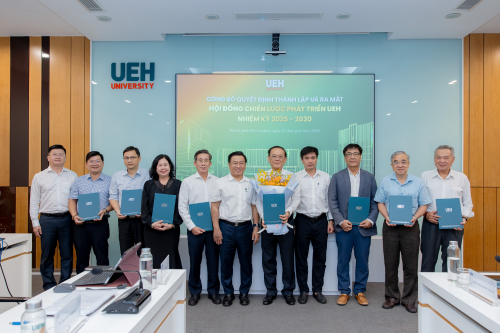
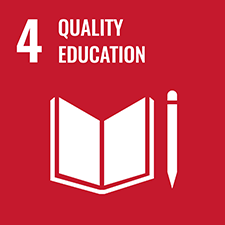
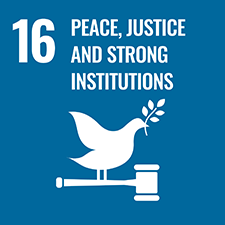
![[Research Contribution] Climate Adaptation and Ownership Structure: Determinants of Global Bank Performance](/images/upload/thumbnail/ueh-thumbnail-639024479352054880.png)
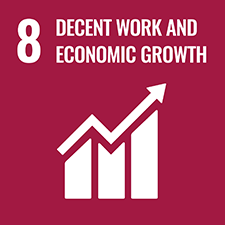
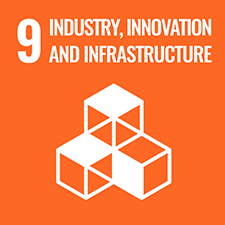
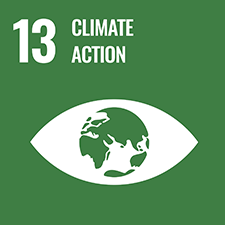
![[Research Contribution] Wage or Survival Fee? A New Perspective on Provincial Minimum Living Wages in Vietnam](/images/upload/thumbnail/ueh-thumbnail-639024468410266657.png)
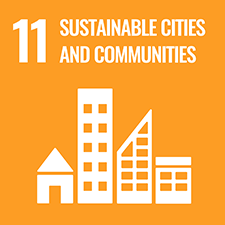
![[Research Contribution] A Model for Assessing the Impact of Accounting Data Analytics on Sustainable Information Presentation in the Public Sector](/images/upload/thumbnail/ueh-thumbnail-639024469396621767.png)
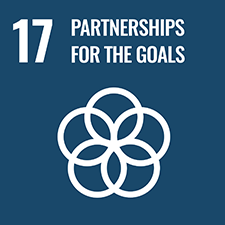
![[Research Contribution] A Strategy for Engaging Stakeholders to Implement Living Labs for Addressing Urban Issues](/images/upload/thumbnail/ueh-thumbnail-639024459455096821.png)